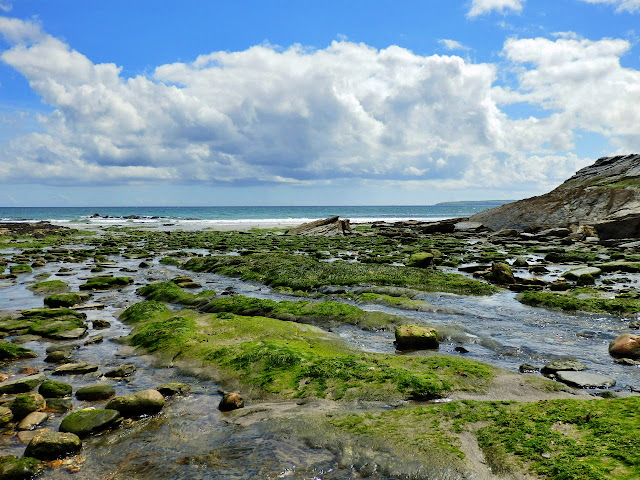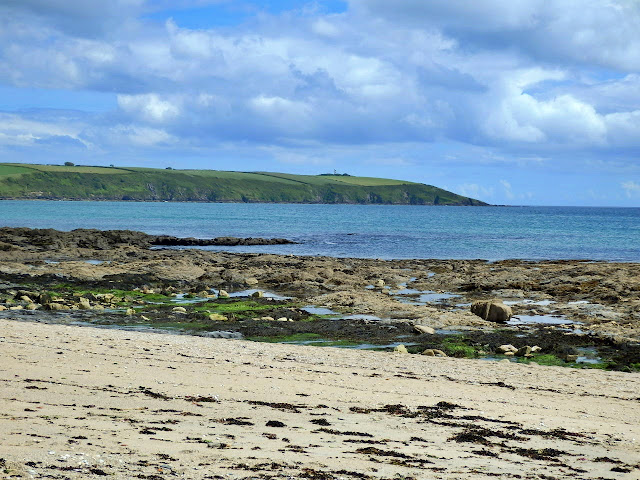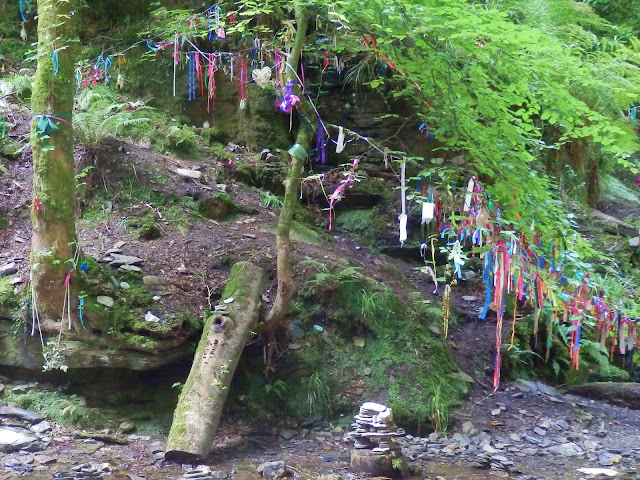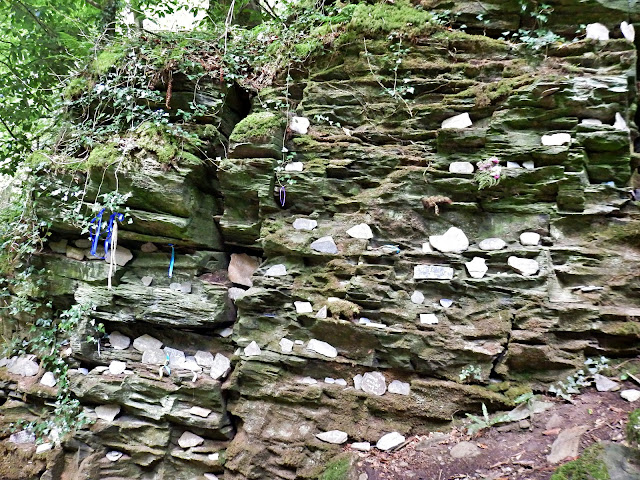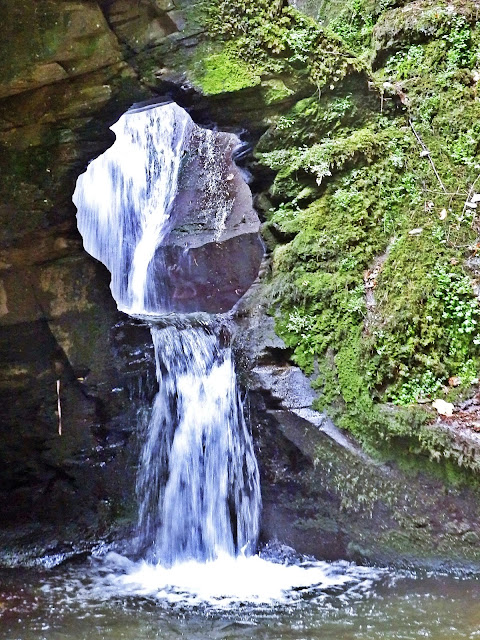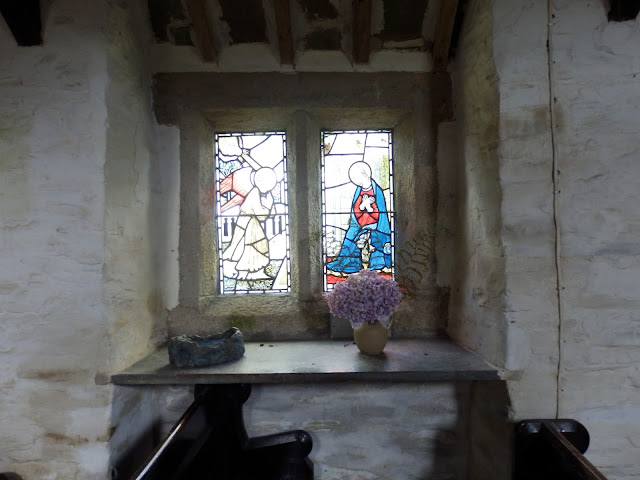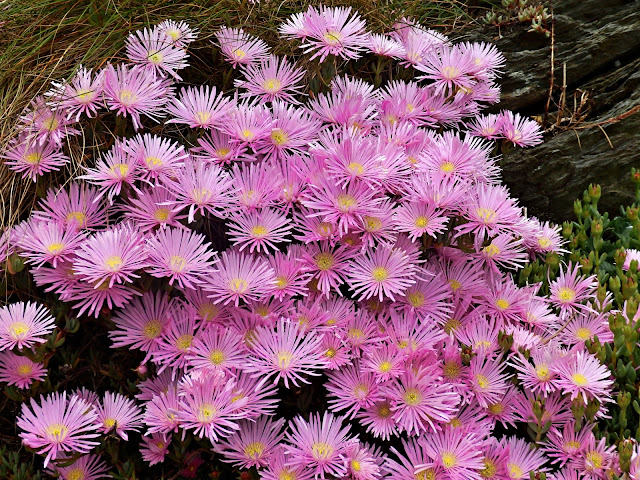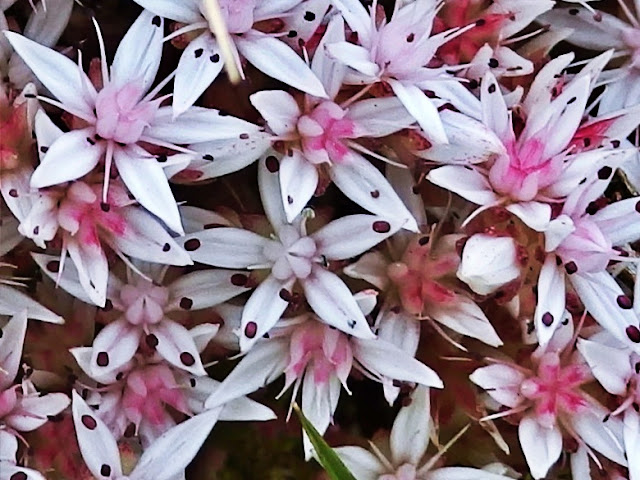It had been a moody day weather-wise, but the rain had finally ceased. I decided I wanted to go to Spit Beach, Par. Not an obvious choice - I have said previously the beach isn't everyone's cup of tea.
I wanted to visit Spit, though, at low tide. I checked the tide times and off we went, the tide was exactly what I wanted.
Spit Beach is tucked away next to an old china clay works. So the path is none too pretty!
The path has good views though of the China Clay works - if such things interest anyone.
There is a footbridge to cross to get to the beach. This always brings back memories of my border collie, Toby. For some inexplicable reason he would not walk over this bridge, so I had to carry him! I never knew what his problem was with the bridge as he never refused to walk anywhere else.
After about ten minutes walk we arrived.at Spit Beach.
I wanted to visit Spit at low tide so I could see the cliffs, caves and rocks not normally visible. I find cliffs and rocks fascinating.
The cliff in the photo below has an opening large enough to walk through.
The rocks and cliffs continue ...
 |
Looking out to sea shows rock pools and seaweed normally covered by water.
Looking along the beach, and in the far distance, is Gribbin Head - one of my favourite places to walk.
As the tide is out it's possible to walk (scramble!) along the coast to where there are two caves.
Lots of rocks to view ...
... and there are odds and bods in the rock pools.
Finally we retraced our footsteps along the beach.
And, before leaving for home, I snapped a quick photo of the inlet leading to Par Beach.
See also:
A Short Walk From Spit Beach to Carlyon Bay
Par Sands : Photos of Beach and Surroundings







